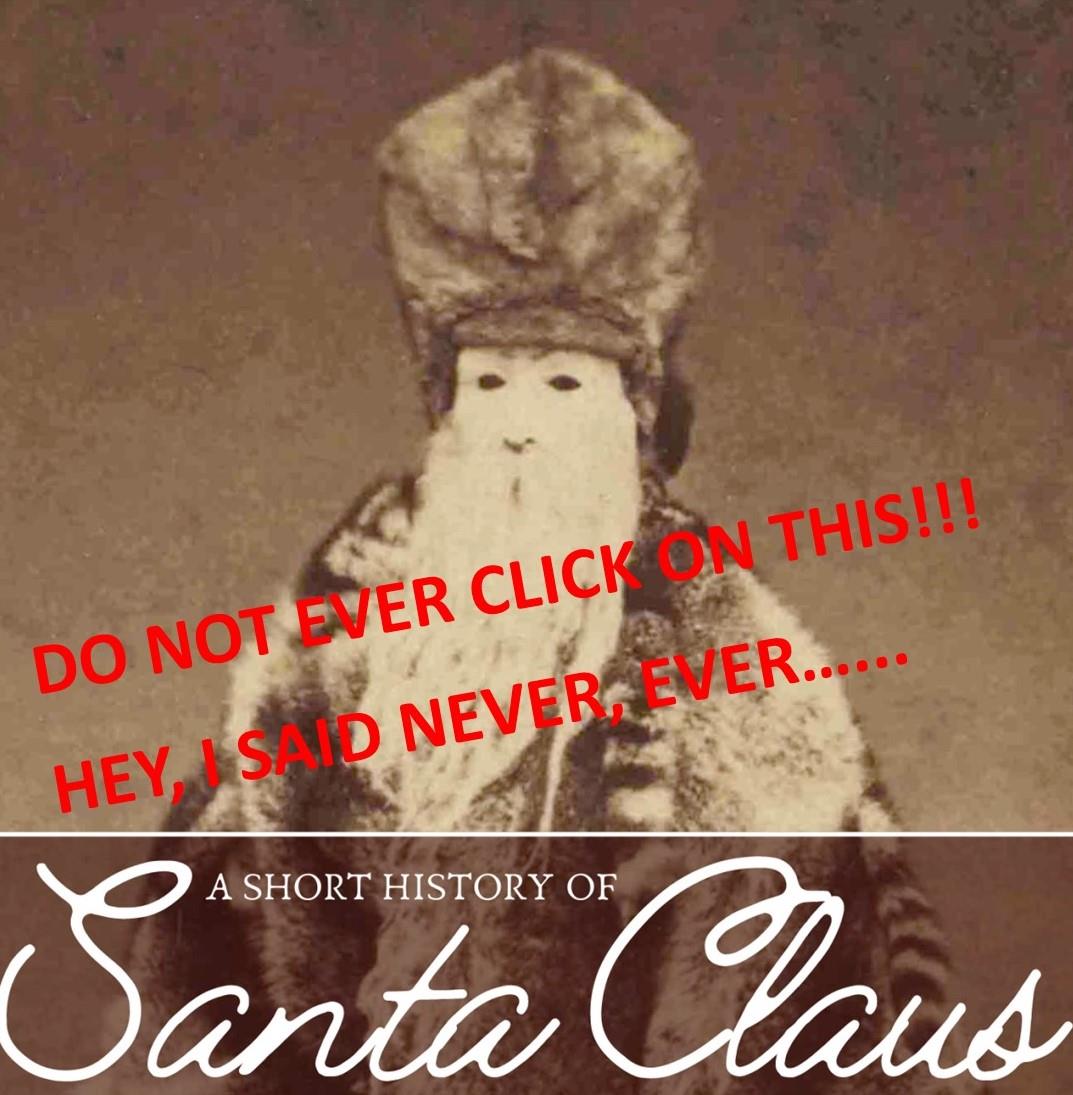
The origins of Santa Claus:
Santa Claus, also known as Father Christmas, Saint Nicholas, Saint Nick, Sinterklaas, Kris Kringle or just plain Santa.
You might know that the idea of Santa Claus dates back to Saint Nicholas who was bishop of Myra in Turkey in the 4th century, but that is only a small part of the story.
It is far more complicated than you think! Here goes:
Saint Nicholas was indeed a 4th-century Greek Christian bishop of Myra (now Demre) in the region of Lycia in the Roman Empire, today in Turkey. Nicholas was known for his generous gifts to the poor, in particular, presenting the three impoverished daughters of a pious Christian with dowries so that they would not have to become prostitutes.
He was very religious from an early age and devoted his entire life to Christianity. In continental Europe (more precisely the Netherlands, Belgium, Austria, the Czech Republic and Germany), he is usually portrayed as a bearded bishop in canonical robes.
He was buried in a sarcophagus in the Greek church in Myra. Soon after the schism between the Greek Orthodox church and the Catholic church (1054 AD), a group of merchants from the Italian city of Bari moved half of St.Nicholas' skeleton to Bari in Italy, where they are now enshrined in the Basilica di San Nicola. The rest of him was left in the sarcophagus in Myra, only later to be taken by Venetian sailors during the First Crusade and placed in Venice. Here a church to St. Nicholas, the patron of sailors, was built on the San Nicolò al Lido. The original vandalized sarcophagus can still be seen in the St. Nicholas Church in Myra. So he is really all over the place, leading ultimately to his world-wide fame. Since St. Nicholas was so generous, the tradition of giving gifts on St. Nicholas' feast day became very popular. Later the giving of gifts was moved by Martin Luther to Christmas time, apparently to take the focus off the saint and put it on Christmas instead. What he did not foresee was that the remembrance of Saint Nick would also move to Christmas time along with the custom of giving gifts.
All very well, but what about the elves, the sleigh, the reindeer and coming down chimneys?
As is so often the case with Christian feast days, we have to go back further into the darker mists of time.
Prior to the dawn of Christianity, the Germanic peoples (this includes the English) celebrated a midwinter event called Yule. During this period, supernatural and ghostly appearances were said to increase in frequency. Among these was something called the "Wild Hunt", a ghostly procession through the sky led by the god Odin who had a long beard and wore blue robes. He rode on an eight-legged horse. With the Christianization of Germanic Europe, numerous traditions were absorbed from Yuletide celebrations into modern Christmas. The Wild Hunt was one of these, and it did not take long for Odin to be transformed into Saint Nick, his robes from blue to red and his strange steed into more believable reindeer. Odin was said to be able to enter peoples homes via their chimneys which explains Santa's odd behaviour.
Saint Nick had, and still has, assistants who help him in his task. They are called "Pieten" (in Dutch) or "Père Fouettard" (in French), so they are not elves. In Switzerland, Père Fouettard accompanies Père Noël in the French speaking region, while in the Swiss German region the sinister Schmutzli accompanies Samichlaus or Santa Claus. Schmutzli carries a big broom made of twigs which he apparently uses to spank naughty children. This has all been sanitized, and they have now become good little elves.
In 1821, a book was published in New York containing a poem which we now know as "The Night Before Christmas". It describes "Santeclaus" on a reindeer sleigh, bringing rewards to good children. St. Nick is described as being "chubby and plump, a right jolly old elf" with "a little round belly", that "shook when he laughed like a bowlful of jelly". The "miniature sleigh" and "tiny reindeer" in the poem indicate that Santa is physically diminutive. Chimneys therefore do not present a problem! The reindeer were also named in the poem as: Dasher, Dancer, Prancer, Vixen, Comet, Cupid, Dunder and Blixem (Dunder and Blixem came from old Dutch words for thunder and lightning, which were later changed to the more German Donner und Blitzen). (Afrikaans donder en bliksem). So we see that many of the latest refinements of the Santa theme come from this one poem, The Night Before Christmas.
And with that, I will call it a night. Merry Christmas!
Delivered as a three minute speech by Julian Avisenis from Gisborne Rotary
